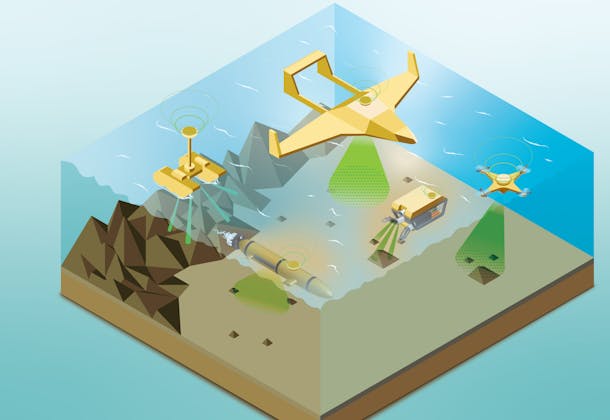CSEM iconic projects in Astrophysics
Since the 1990s, CSEM has been designing and producing state-of-the-art mechanisms for a new generation of telescopes. CSEM's outstanding designs combine exacting precision, stability and complex construction. Over the years, CSEM has become a leader in the field of astronomical mechatronic systems. Its achievements equip the world's top ground-based and airborne telescopes, including Keck, ESO Paranal and LISA


